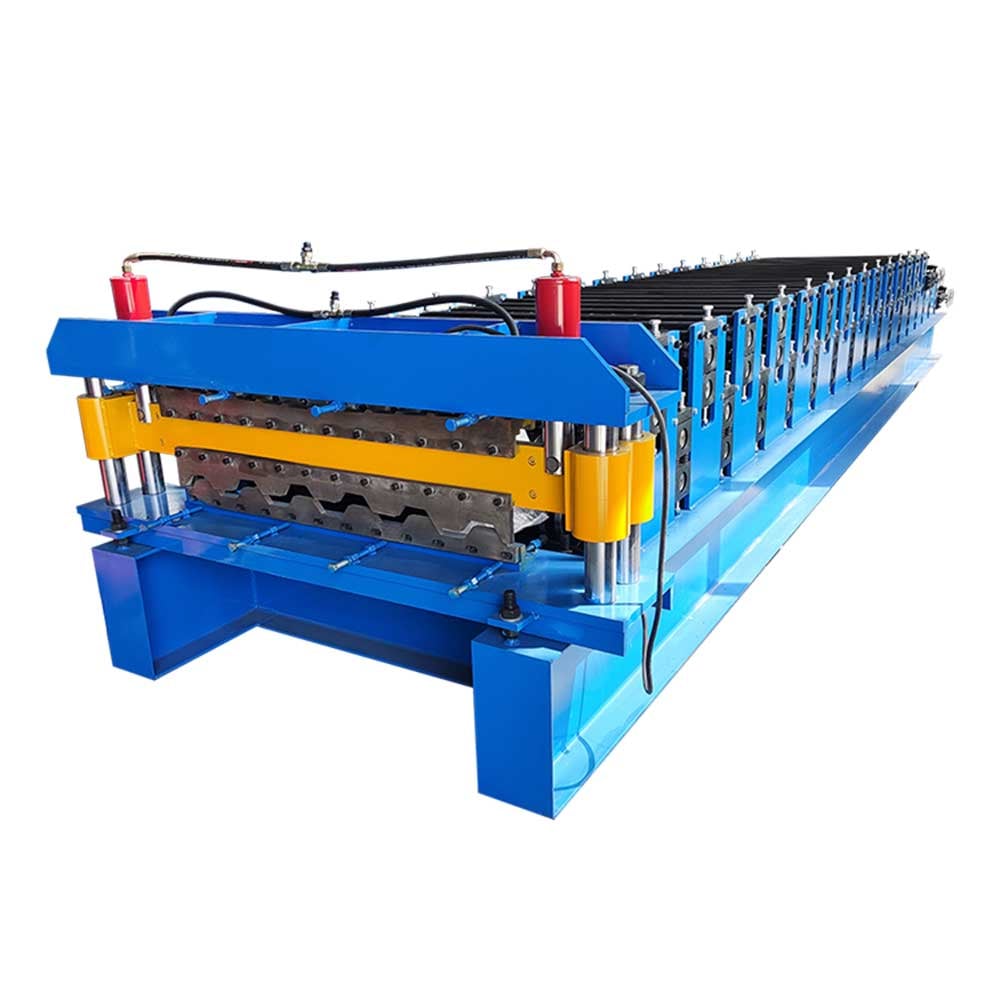Introduction
Forming machines are indispensable equipment in the manufacturing and industrial sector. These machines play a crucial role in shaping various materials such as metals, plastics, and ceramics into different sizes and shapes. They are used in a variety of industries ranging from automotive, aerospace, construction, packaging, and more. In this article, we will delve deeper into what forming machines are and how they work.
Forming machines are industrial equipment used in shaping materials into desired shapes and dimensions. They transform raw materials into finished products by folding, bending, punching, cutting, and pressing them. Depending on the intended application, different machines are used for different tasks. For example, roll-forming machines are used for bending and shaping sheet metal, while injection molding machines are used for forming plastic materials.
Types of Forming Machines
There are various types of forming machines, each designed for a specific purpose. Some of the most common types of forming machines include press brakes, shearing machines, rolling machines, extrusion machines, welding machines, and more. Press brakes are used for bending and shaping sheet metal, while shearing machines are used for cutting sheet metal. Rolling machines are used for shaping round or cylindrical objects, while welding machines are used for fusing two pieces of metal.
Forming Machine Components
Forming machines consist of several components that work together to achieve the desired result. The main components include the drive system, electrical system, hydraulic system, and the control system. The drive system provides the power required for the various operations, while the electrical system includes the motors, switches, and sensors that control the movement of the machine. The hydraulic system provides the force required for shaping the materials, while the control system ensures the smooth operation of the machine.
How Forming Machines Work
Forming machines work by applying pressure to the material to deform it into the desired shape. The pressure is applied through various means such as hydraulic, mechanical, or electrical mechanisms. The machine operator feeds the raw material into the machine, which then performs the necessary operations to shape it. The formed material then comes out of the machine in the desired shape and size.
Advantages of Forming Machines
Forming machines offer several advantages over traditional manufacturing methods. They can produce complex shapes and dimensions quickly and accurately, resulting in higher productivity. They are also cost-effective, reducing labor costs and material waste. Additionally, they improve the quality of the finished product, resulting in better customer satisfaction.
Applications of Forming Machines
Forming machines have a wide range of applications across various industries. They are used in automotive manufacturing, aerospace, construction, packaging, and many more. In the aerospace industry, forming machines are used to shape sheet metal for airplane parts. In the automotive industry, forming machines are used to shape car parts such as frames, doors, and chassis.
Safety Considerations
Forming machines can be hazardous if not used correctly. Operators should receive appropriate training on how to use the machines and ensure that all safety protocols are followed. Protective gear such as gloves, goggles, and earplugs must be worn when operating the machines.
Maintenance and Repair
Like any other industrial equipment, forming machines require periodic maintenance and repair to keep them functioning optimally. Maintenance tasks include lubrication, cleaning, and inspection of the machine's components. If any component is faulty, it should be repaired or replaced.
Conclusion
In conclusion, forming machines are an essential part of the manufacturing and industrial sector. They are used in various industries and offer several advantages over traditional manufacturing methods, including higher productivity, cost-effectiveness, and improved product quality. Operators should follow appropriate training and safety protocols when operating these machines, and regular maintenance should be performed to ensure optimal performance.
forming machines, types of forming machines, forming machine components, advantages of forming machines, applications of forming machines, safety considerations, maintenance and repair
Understanding the Basics of Forming Machines
Learn what forming machines are, how they work, their advantages, and applications in various industries. Explore the types of forming machines, their components, and safety considerations while operating them.
Quote Inquiry
Contact us!

